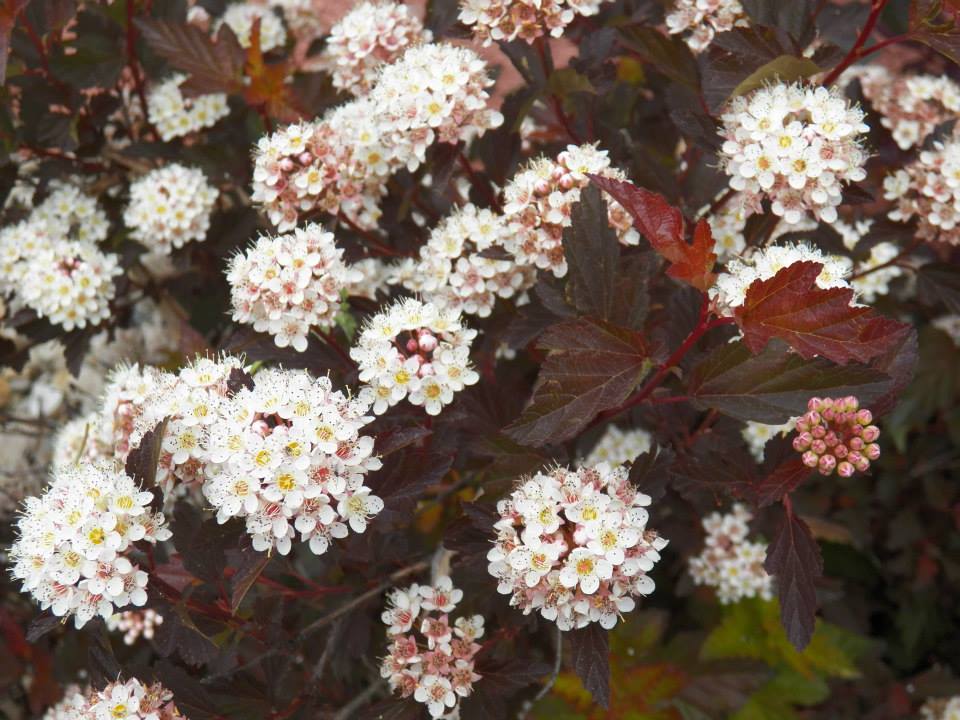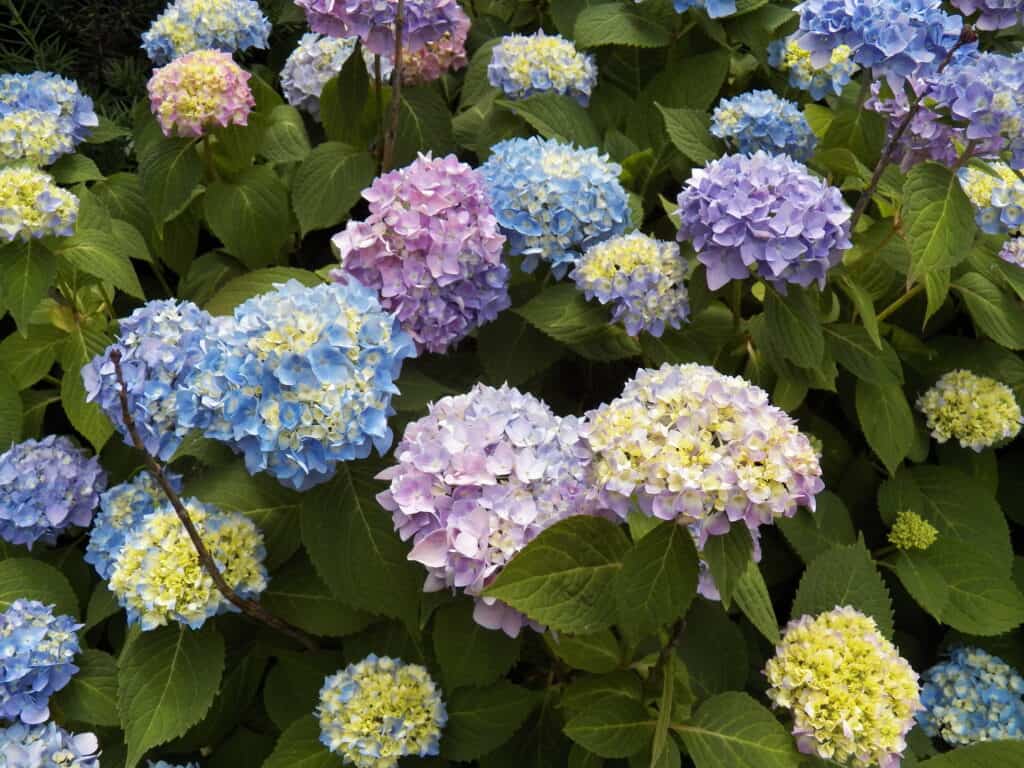Reblooming plants have become a real favorite for gardeners in recent years. But are they worth all the hype that the green industry puts upon them? As a nursery manager, I do sell quite a number of various reblooming plants, but do they do what they claim? Or should we be focused on succession planting instead.
What is succession planting? Succession planting is planting that focuses on successive or continuing blooms of perennials and shrubs in a season. Such as having plants which bloom for a few weeks planted next to another plant which blooms after the the first is done, and so on.
Personally, I love using succession planting in my own gardens. But, many of our clients have just foundation plantings, using tidy gardening designs, which focus on individual plant groupings. Using these kinds of designs means that you are limited on plant palette, and reblooming plants are needed.
What are Reblooming Plants?
They are plants which bloom on either old or new wood, or on new and new wood. What?! What does that mean? Plants which bloom on old wood and new wood are those which set there main flower buds on the previous years’ growth, and have there first big flush of flowers in spring. Then, they produce a second flush of flowers on new growth following the spring bloom, usually in late summer or fall. These are typically shrubs, such as Bloomerang Lilac.
Reblooming plants which bloom on new growth and new growth (sounds strange right?), produce a flush of flowers in mid to late spring on the current season’s growth from early spring. Then they send flowers either as a big flush in fall, or sporadically through the rest of the year, so there is always some color on the plant. Plants with this type of rebloom are roses and perennials mainly.
Types of Reblooming Plants
Shrubs, perennials, and roses are the main types of reblooming plants. Occasionally, trees such as apples, peaches, pears, crabapples, and magnolias will rebloom in the fall. But this is usually a result of a stressed summer and dry fall, with unusually cool night-time temperatures in late summer or early fall. Some plants, such as ninebarks and weigelas, rebloom after they have been pruned following early spring bloom.
Plants Which Rebloom After Pruning
These are plants which bloom on new growth only. They are not true rebloomers, but rather set new buds after their blooms and spring growth is removed after flowering is over. Sometimes, I prune these more to shape them. Not just because they will rebloom after pruning.

Plants Which Bloom on Old Wood and New Wood
These are mostly shrubs or small trees which bloom on both old and new wood. In recent years, bigleaf hydrangeas cultivars have been bred specifically for this trait of blooming early on last years’ growth and then continuing to bloom on new growth as the season progresses. The only downside is that sometimes the old growth gets killed by a hard winter or late freeze in early spring.
- Bloomerang Lilac
- Endless Summer Hydrangea Series
- Magnolia
- Summer Snowflake Viburnum
- Some newer Lilacs
- Some clematis
Plants Which Bloom on New Wood Throughout the Season
Many of these are perennials, which die back to the ground at the end of the season. Roses too, are also those which bloom on both new wood and new wood. At least, the shrub type roses are. There are a lot more in this category because there are a variety of perennials which keep adding blooms on as the season progresses. New breeding programs are constantly looking for genes which express this trait of setting new flower buds after the initial bloom. Sometimes, these plants need to be refreshed, or pruned back in July or August, to produce both new leaves and flowers.
Plants Which Rebloom Better if Pruned Back in Midsummer
- Perennial Salvia
- Daylilies
- Catmint
- Butterfly bush
- Crepe myrtle
- Sonic bloom Weigela
- Tuff Stuff Hydrangea

Perennials Which Rebloom Without Pruning in Midsummer
- Salvia
- Some bearded iris cultivars
- Some Echinacea cultivars
- False sunflower
- Maltese cross
- Hardy hibiscus
- Russian Sage
- Rose verbena
Conclusion
Growing reblooming plants can be rewarding, especially when you get that pop of second growth flowers. But make sure you also have plants which bloom in succession, month after month, just to keep yourself from relying on rebloomers. Because you may be disappointed. But trial and error is half the fun in gardening.
Happy planting!




